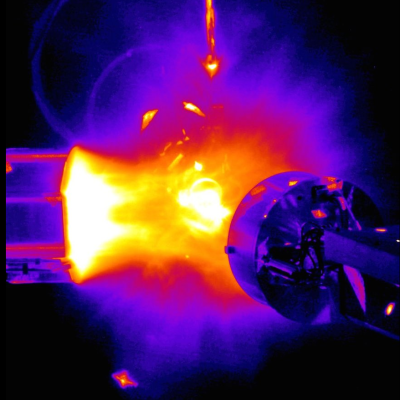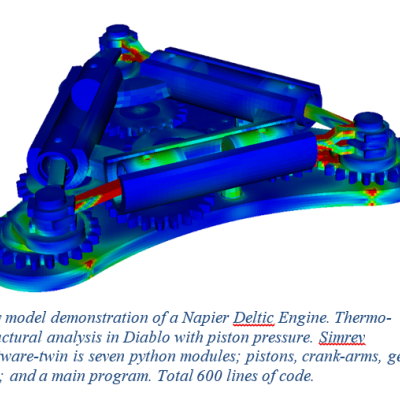LLNL researchers have developed a method to enhance the performance of polyelectrolyte membranes by using a humidity-controlled crosslinking process which can be applied to precisely adjust the water channels of the membrane.
Keywords
- Show all (57)
- Synthesis and Processing (16)
- Materials for Energy Products (6)
- Data Science (5)
- Additive Manufacturing (4)
- Cybersecurity (4)
- Material Design (4)
- 3D Printing (2)
- Computing (2)
- Imaging Systems (2)
- Additively Manufactured (AM) Optics (1)
- Analysis (1)
- Information Technology (1)
- Instrumentation (1)
- Magnet Compositions (1)
- Material Characterization (1)
- Quantum Science (1)
- Structural Materials (1)
- (-) Membranes (2)
- (-) Simulation (2)


Simrev is a python library imported into a user-generated program. As the program grows in capability and complexity, the engineered product matures. The "software twin" handles all changes to product configuration and is the portal to running supercomputing analysis and managing workflow for engineering simulation codes. Assemblies become program modules; parts, materials, boundary conditions…

LLNL researchers have developed an alternative route to protective breathable membranes called Second Skin technology, which has transformative potential for protective garments. These membranes are expected to be particularly effective in mitigating physiological burden.
For additional information see article in Advanced Materials “Ultrabreathable and Protective Membranes with Sub-5…

